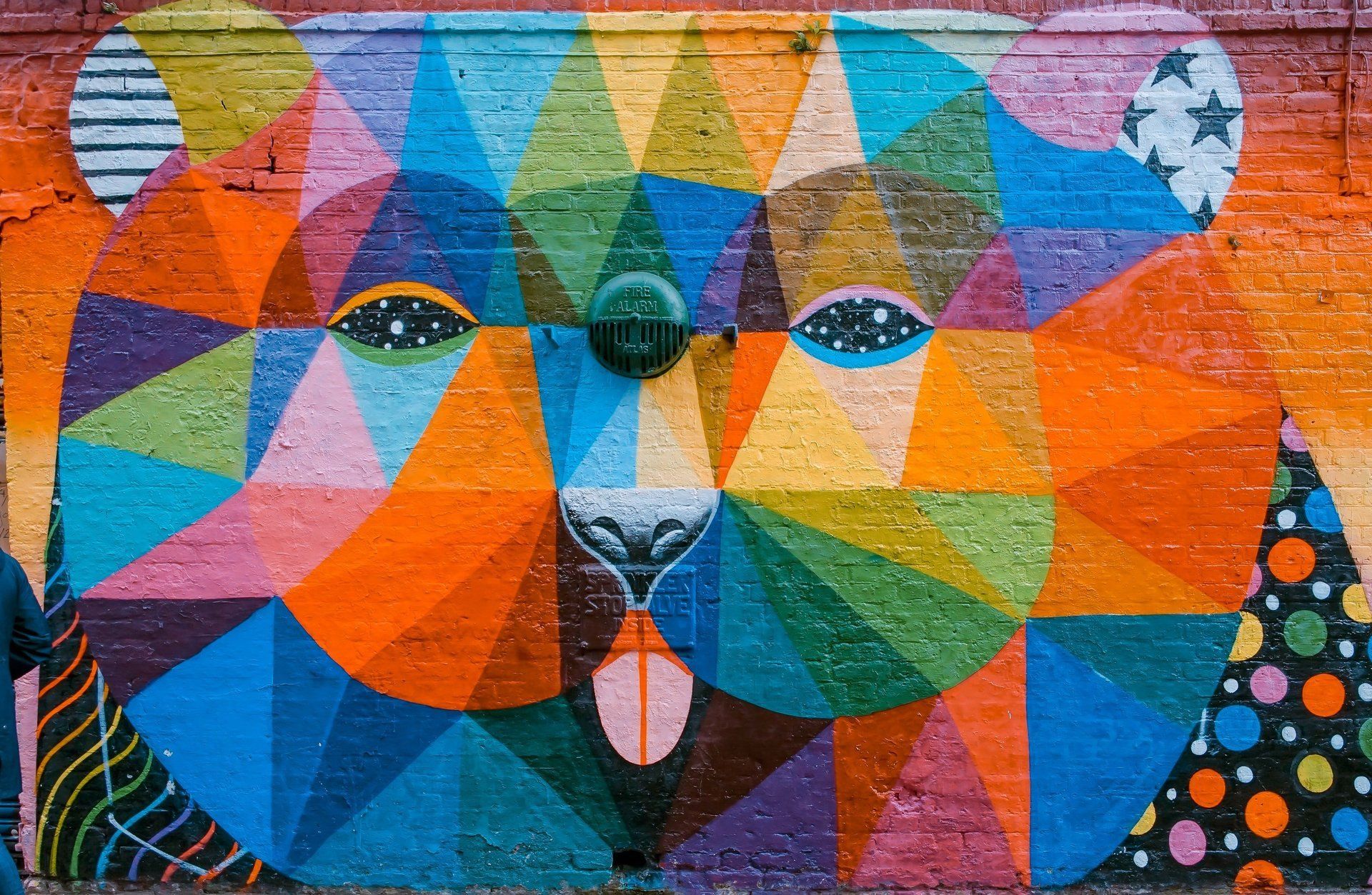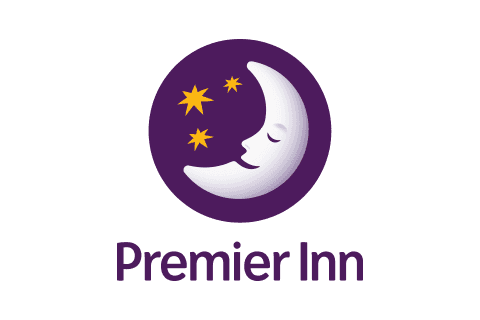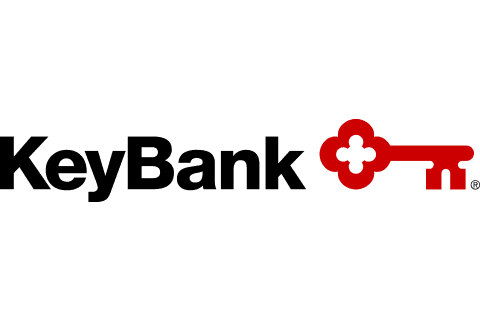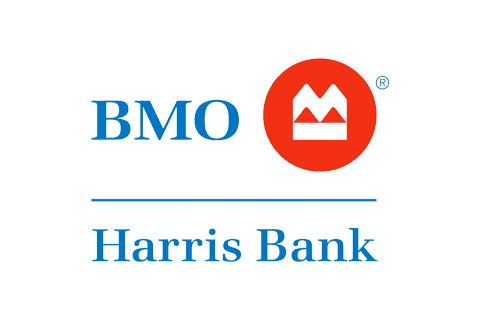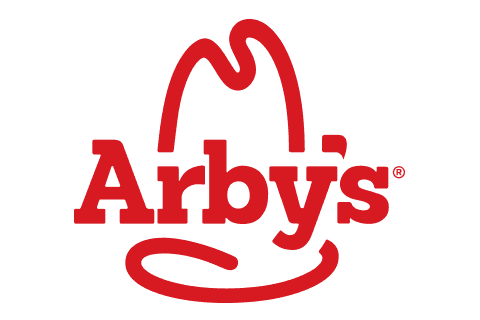Build a culture around your brand: Choosing colors for your logo, website, & marketing design.
- By Cameron Torabi
- •
- 05 Apr, 2018
- •
Color theory, symbolism, cultural uses, & emotional responses to colors.
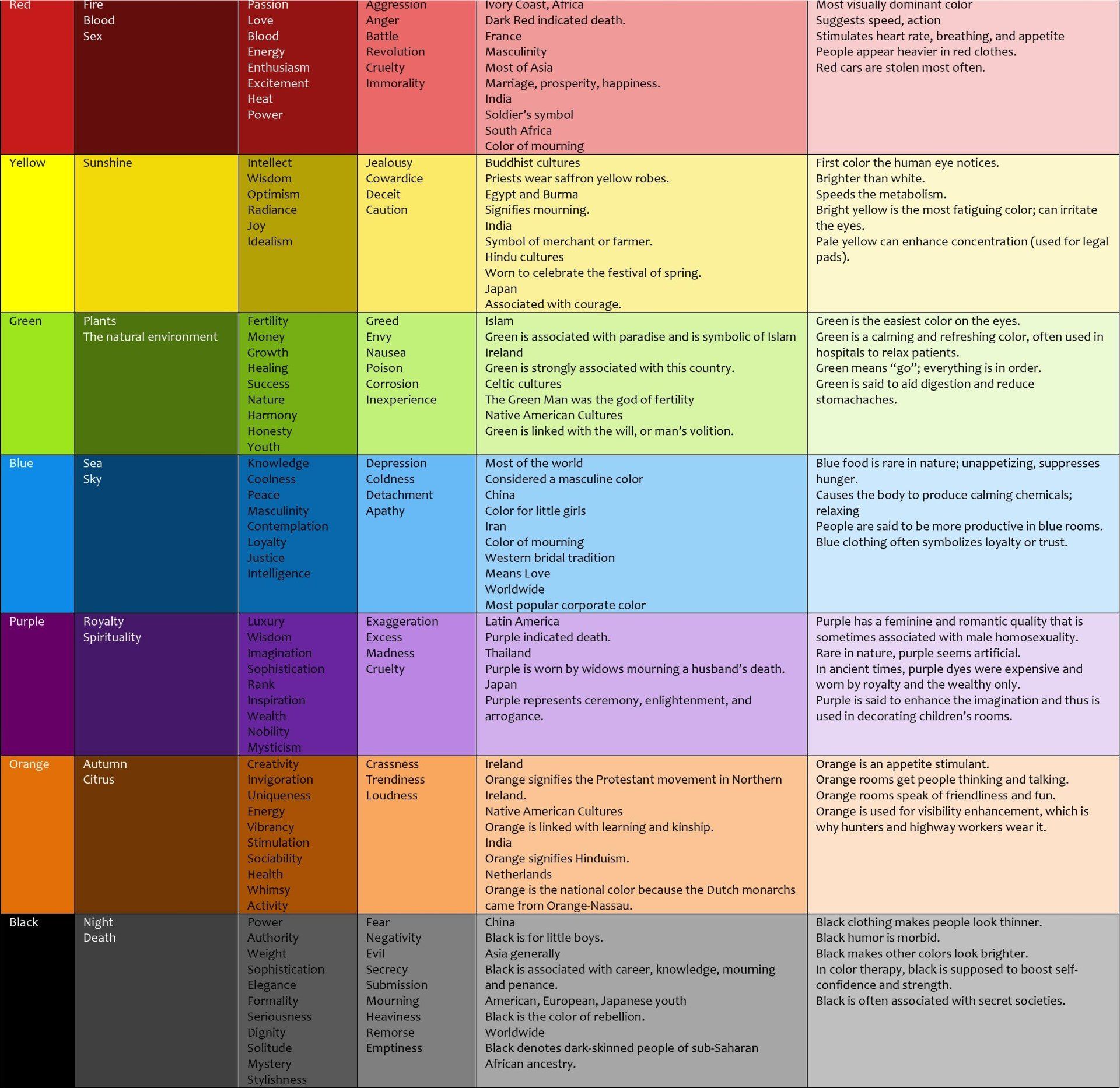
Our minds perceive & experience color physically, mentally, and emotionally. This is why colors have meaning. This is why they’re a powerful marketing tool in design.
The persona of a brand, the culture of business also has physical, mental, and emotion impacts on people which is why color can be a powerful guiding hand to brand your company’s culture. However, the emotional response (conscience & sub-conscience) isn’t universal. It’s not the same for everyone & it may vary depending on a variety of factors such as where/how it is used.
The context color is presented in gives us different experiences. Which is why I find the use of color theory in marketing so fascinating. The context in which we use the colors can change the way we experience them. Texture, hue, contrast, imagery, and the audience itself will all produce different responses to your advertising.
Blue is a great example. It is the most used color for corporate logos. The reason being corporations think it makes people feel safe, and evokes a feeling of trust, loyalty, and calm.
Here is where the use of color in marketing becomes a great challenge; Blue doesn’t always have the same meaning. It’s the context in which it is used gives it meaning. Also, the hue, saturation, & brightness changes our responses.
Blue can be safe and clam, but some blues can be bold and euphoric. On the opposite spectrum from the corporate logos of Ford, AT&T, and The Weather Channel (or rather the opposite hue in this case) a deep bright blue is used for the iconic brand SKYY Vodka. It’s an exciting & bold color. Sophisticated and brilliant. Jay Z even trademarked his own color blue. Again, the color is vibrant, exciting, bold.
SKYY & Jay Z’s blue elicits an emotional response far different from the blue GAP logo, or AT&T blue sphere. Ford blue is supposed to make you feel safe, but these deep blues are more electric.
Jay Z created his own niche in a culture and then branded a color to associate with his subculture. Color has this powerful leverage.
Using a color consistently in your Logo & brand campaigns can create a brand recognition which is priceless for companies. Most clients would love the idea of having color symbolize their company. An iconic symbol might be useful as a well recognized logo for a company, but color has the power to elicit an emotional response and connection to a brand which can be used in a much wider scope of advertising than a Logo alone.
Color symbolism is also often different depending on cultural perspective. Color associations in different cultures will be different, even sometimes conflicting.
Color interpretations are influenced by a variety of factors, including age, gender, personal experience, mood, ethnic identity, history, and tradition. Starting off by knowing your audience can help you choose colors for your design. Think about the different ways in which your design colors will be perceived.
When choosing colors to enhance the message being communicated, it is essential to anticipate audience perceptions.
“Psychologists have supported that color impression can account for as much as 60% of the acceptance of rejection of a product or service.” - Color Design Workbook
With context and color varying the human experience of perception, color theory applied to design could potentially create infinite possibilities.
When designing a logo, website, or other marketing campaign materials it is the designers job to select colors which will elicit correct responses. They need to consider carefully who their audience is, what their objective is, and how the use of color will be perceived by their audience. It’s not just an aesthetic choice. Designers need to leverage color meaning to achieve their client’s goals.
“Research reveals that all human beings make an unconscious judgement about a person, environment, or item within ninety seconds of initial viewing and that between 62% - 90% of that assessment is based on color alone.” - The Institute for Color Research
Hope you enjoy shaping your own business and brand culture and persona using the colors you incorporate in designing advertising imagery. Whether it is a logo, website, social media post, or other forms of marketing always keep in mind your audience and the responses you want to evoke.
Take a look at the included table of colors and think about the difference in their associations based off the context you see them in.
Here is a list of the attributes of each color as stated in Color Theory: "Color Theory Complete List: Color Meanings, Attributes, Associations and Cultural Links"
Featured Articles Digital Marketing & Payment Processing
Are you concerned about not seeing your business listing on Google Search & Maps?
Article By Sara, Digital Marketing & Website Design • 16 Apr, 2018
Are you concerned about not seeing your business listing on Google Search and Maps? Google calls this a “Local Ranking”. Google search was the first to use a ranking system to prioritize search results.
Local SEO Best Practices For Businesses
Article By Sara, Digital Marketing & Website Design • 07 May, 2018
Local search, local SEO, has become the most important digital marketing focus for businesses small & large. When it comes to local search ranking success is in the details.
Merchant Services For High Risk Businesses
Article By Alex, High Risk Payment Processing Director • 10 May, 2018
What Does It Mean To Be A High Risk Business When It Comes To Merchant Services (Payment Processing)?
Build a culture around your brand
Article By Sara, Digital Marketing & Website Design • 05 Apr, 2018
Our minds perceive & experience color physically, mentally, and emotionally. This is why they’re a powerful marketing tool in design.




